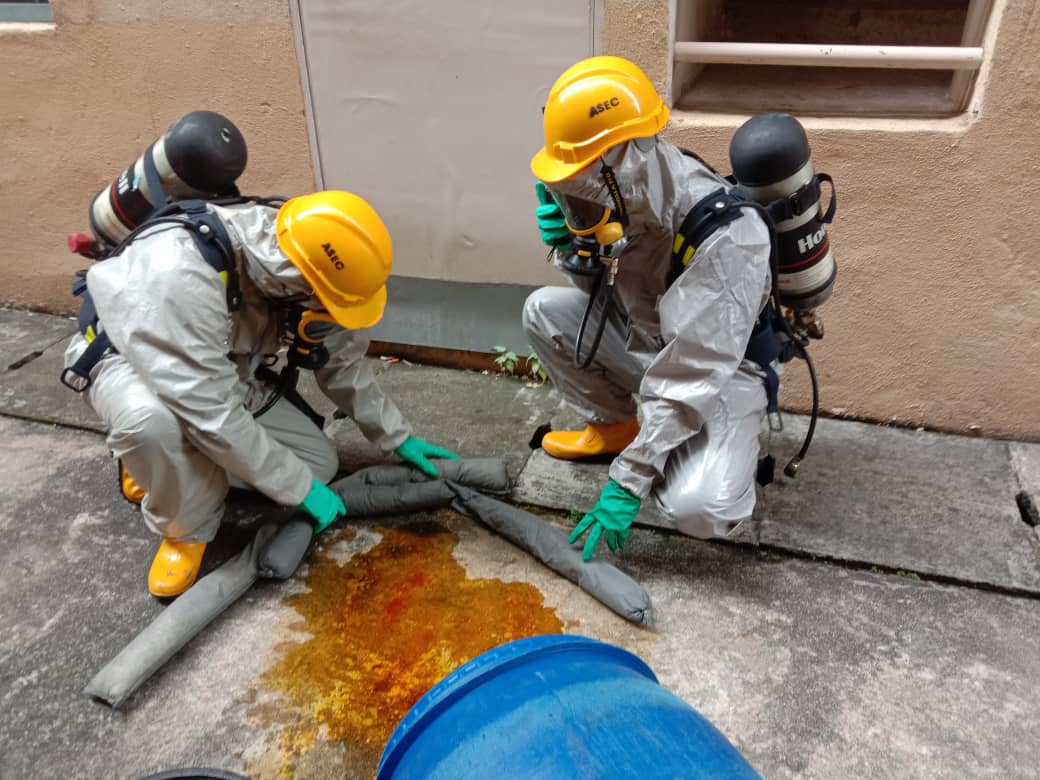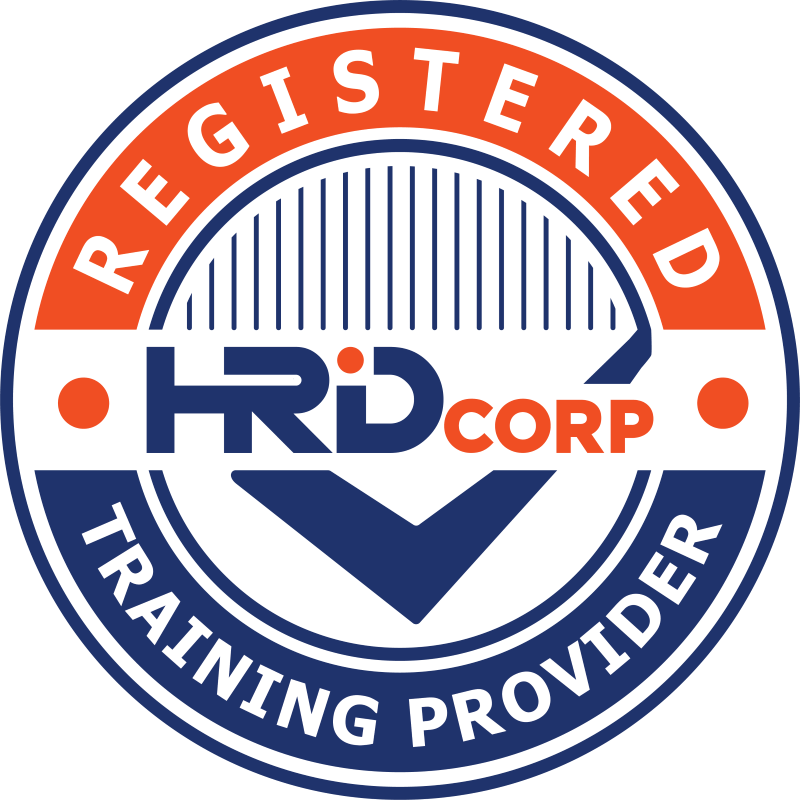Chemicals are used as raw materials and in manufacturing and transporting processes in many industries. In food manufacturing for example, several chemicals are often used – liquid ammonia as a refrigerant to cool down equipment, sodium hydroxide as an ingredient in food preservatives, and oils in cooking processes. Besides the risk of adverse health effects upon exposure, these chemicals can cause fire and pollution if improperly handled, leading to leakage or spillage. Chemical handling and hazmat response training are designed for employees who work closely with chemicals, serving different purposes.
Prevention vs. damage control
Chemical handling training ensures that employees understand the classification of chemicals based on the Safety Data Sheets (SDSs) provided by chemical suppliers and know how to handle and store them safely with proper precautions in place. Employees would learn to identify the chemicals and understand the potential hazards they can cause in this training. With the knowledge and skills in chemical handling, employees can effectively prevent incidents caused by improper usage or storage of chemicals.
On the other hand, hazmat response training is all about damage control of a chemical spillage or leakage incident. The main objectives of this training are to identify the chemicals involved and to contain the spillage or leakage to minimize the damage caused to people and property. Employees learn to protect themselves with suitable personal protective equipment (PPE) before responding to spillage or leakage with appropriate methods based on the classification of the chemicals. Learning hazmat response ensures that employees can react immediately in case of things go wrong.
Compliance with different regulations in Malaysia
Under the Occupational Safety and Health (Use and Standards of Exposure of Chemicals Hazardous to Health) Regulations 2000 (USECHH Regulations 2000), employees who work with hazardous chemicals must undergo regular chemical handling training:
- Once every two years.
- If there is a change in the hazard information on the hazardous chemicals used, safe work practices, or control measures.
- When they are assigned to new tasks or work areas with hazardous chemicals.
For hazmat response training, no specific regulation mandates employees to attend such training. However, under the Occupational Health and Safety Act 1994, employers are responsible for ensuring their employees’ safety and health in the workplace. It includes providing practicable training relevant to the employees’ job scopes.
For different groups of employees
Chemical handling training is mandatory for any employee who may be exposed to hazardous chemicals, whether the employees work directly with the chemicals or in the premises where chemicals are used or stored. They may be a technician who maintains the manufacturing equipment or a cleaner who works on the premises.
If a hazmat incident sounds too big to be handled by general employees, employees learn how to identify an incident and evacuate safely through basic hazmat response training. The emergency response team members would be the ones who learn to defensively or offensively handle the incident in advanced hazmat response training. By having different groups of employees attending different levels of hazmat response training, they can coordinate well in responding to a hazmat emergency.
——
| Chemical Handling Training | Hazmat Response Training | |
|---|---|---|
| Main objective | Prevention To understand how to handle and store chemicals safely and effectively prevent incidents caused by improper usage |
Damage control To learn how to contain the spillage or leakage to minimize the damage caused to people and property |
| Compliance with Malaysian regulations | USECHH Regulations 2000 | Occupational Health and Safety Act 1994 |
| For different groups of employees | Any employee who may be exposed to hazardous chemicals | General employees and emergency response team |
Hazmat incidents are not rare occurrences in Malaysia. A simple Google search shows recent incidents reported in the news, ranging from fire caused by chemicals to mass poisoning due to chemical spillage. By implementing both chemical handling and hazmat response training, employers can reduce the probability of hazmat incidents and also take immediate action to mitigate the damage should the incidents happen. These trainings complement one another in equipping employees with the knowledge and skills to work with chemicals safely.


